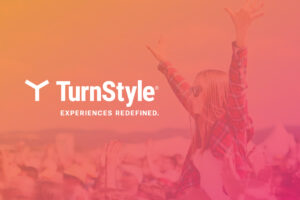TurnStyle’s® key takeaways from the Culture Geek 2021 conference
I recently attended Culture Geek’s 2021 conference, aptly curated around the theme “pivot.” Some institutions were more robust in their efforts to pivot, others were just beginning to experiment. Either way, the digital transformation was alive and well.
In fact, many of the trends were in line with our research: The pandemic accelerated timelines for digital transformation plans already in place — or it drove other institutions to pivot to digital more quickly. For example, the Victoria and Albert Museum (V&A) in London used the lockdown to finish the massive undertaking that was digitizing their archives in a user-friendly, searchable, online experience, while Opera North in Leeds reimagined its “Sing On” in-person vocal workshop as a new digital interactive program, “From Couch to Chorus.”
It was inspiring and thought-provoking to see so many institutions pivoting during the pandemic, but even more comforting was that the basic tenets of good content and good digital strategy passed the litmus test for building a sustainable business line for the future.
Key themes that remain imperative for doing business digitally in the arts and culture space:
- They put their audiences’ needs and wants first.
- They analyzed platform data — and optimized digital channels for their users.
- They put a pricing strategy in place.
“The customer is always right”
It’s the user who dictates what happens in the digital space. A good user experience can be a key factor in increasing digital engagement and sales, while a bad user experience can lead to bounces, added stress on analog channels, or a loss of revenue to competitors.
In an industry that depends on patrons for memberships and sponsorships, it makes even more sense to listen to your audience — and in the digital space, the best listening tool is your engagement analytics. You’ve got to know who you’re talking to — and how to speak directly to them. And if you don’t know, then you need to be researching and testing and optimizing the digital experience based on those results.
That’s why I was so impressed with the V&A Museum and Opera North presentations. They listened to their audiences and then used data analysis to inform their digital decisions. For example, the Opera North “From Couch to Chorus” initiative, which ran three editions on a “pay as you feel” model, earned £100,000 — not too shabby for a return funded by donations alone.
Final point: Pricing
Unfortunately, there is still the idea that if it’s digital, it should either be free or close to it.
Baker Richards, a consulting firm out of the UK, contested this idea (very well, I might add) in its Culture Geek presentation, prompting a question from the audience that I still can’t get out of my head:
A museum admin asked (and I’m paraphrasing), “We started streaming during lockdown restrictions and garnered ~600,000 new followers and good engagement, was it a mistake not to charge?”
The word “mistake” stuck with me.
Is a “free” business model sustainable? No. Is all lost because they didn’t charge this time around? No.
The mistake here would be not tracking audience engagement and not analyzing audiences for future strategies.
Knowing how to interpret your audience data is worth its weight in gold. It’s that data that fuels so many other efforts that CAN drive revenue. Understanding your audience increases memberships and donations. It provides insight for content initiatives and the audiences for your paid advertising campaigns. It should influence your decision making for when and how you monetize your digital experience.
Knowing your audiences is what brings donations the size of Opera North’s “Couch to Chorus.”
In 2021, digital isn’t just a temporary solution for arts and culture institutions as they wait for audiences to return in person. It’s an added revenue stream for arts and culture institutions if you know how to use it. Let’s be proactive about it.
[Read: Now More Than Ever, Arts and Culture Can Change the World]
+++
Follow TurnStyle® on Facebook, LinkedIn, Twitter, Instagram, and YouTube.




